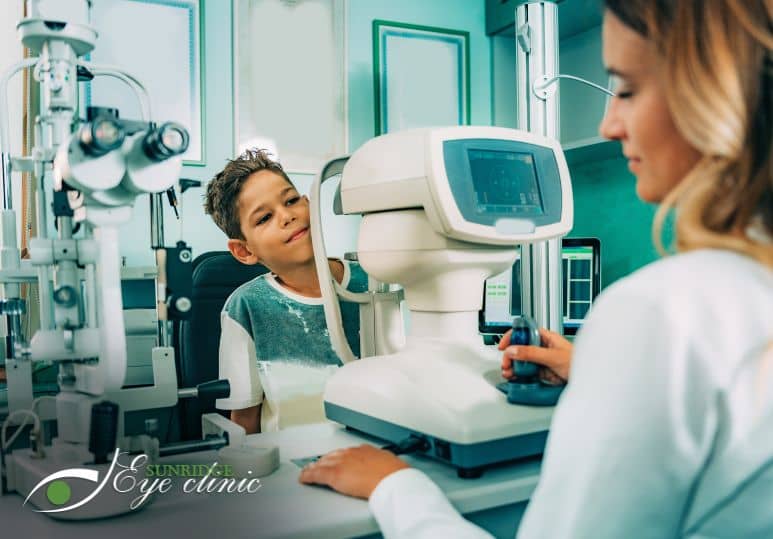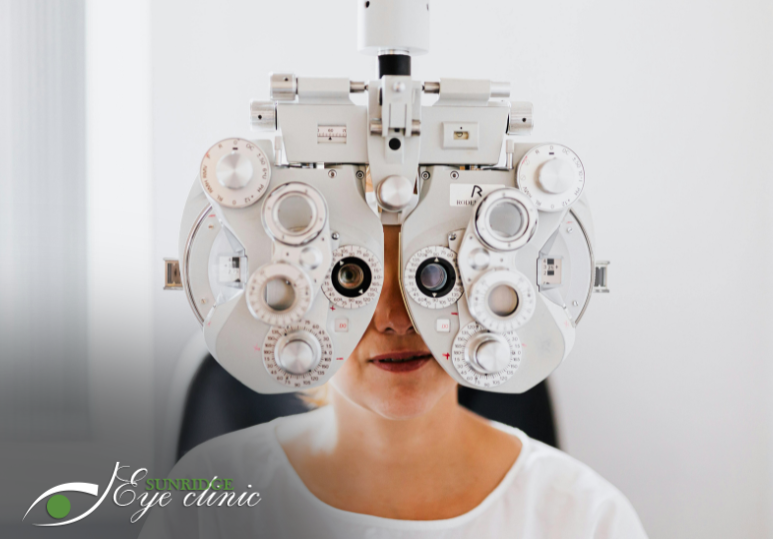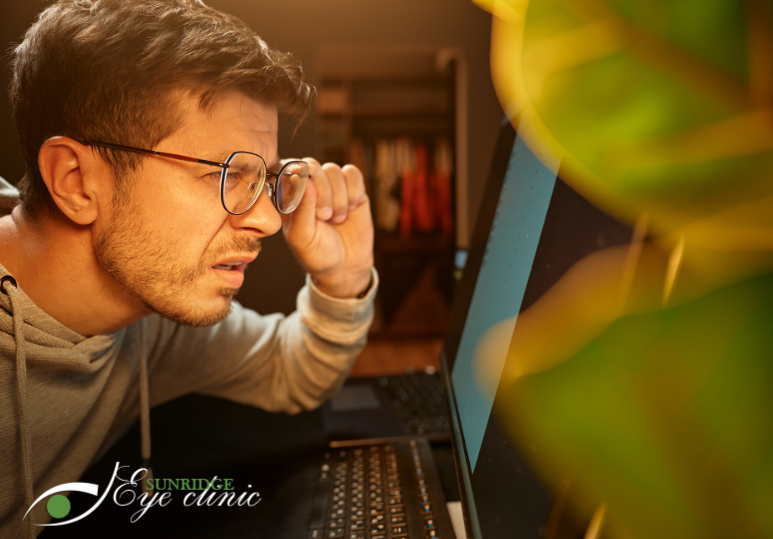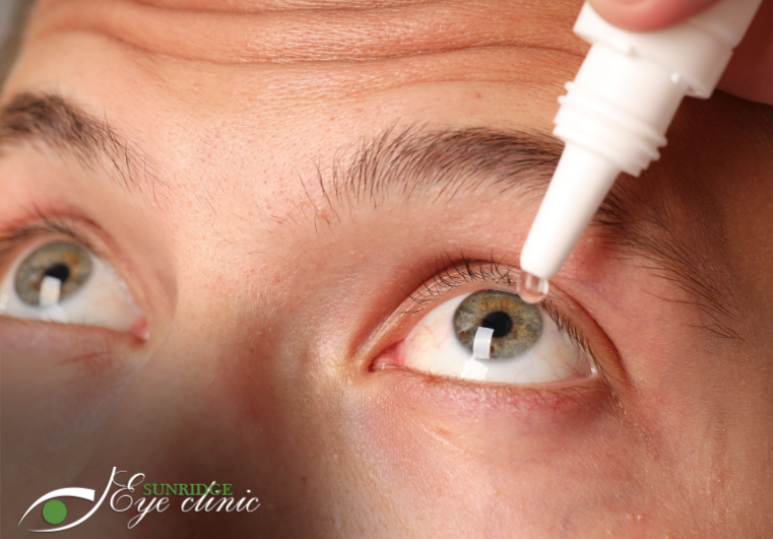The gift of sight is one of life's greatest treasures, and nurturing it from a young age is crucial. Children's eye health plays a pivotal role in their overall development, learning, and well-being. As we stride into the future, new research and innovations are revolutionizing the way we approach children's eye exams. In this blog, we delve into the cutting-edge advancements shaping the future of pediatric eye care, ensuring brighter vision for the generations to come.
Early Detection through Technological Marvels
Advances in technology are making children's eye exams more precise and less intimidating. Innovations like handheld digital retinal cameras are enabling early detection of potential issues like retinopathy, strabismus, and amblyopia. These non-invasive devices capture high-resolution images of the retina, aiding eye care professionals in spotting concerns that might otherwise go unnoticed. This breakthrough ensures that children receive timely interventions, paving the way for healthier eyes and clearer vision as they grow.
Personalized Approaches for Enhanced Care
Every child's visual needs are unique, and personalized care is becoming increasingly central to pediatric eye exams. The integration of artificial intelligence (AI) and machine learning is enabling eye care professionals to tailor their approach based on a child's visual history, genetics, and lifestyle. This technology assists in predicting potential risks, determining suitable treatment plans, and monitoring progress over time. With personalized care, children receive interventions that align with their individual needs, optimizing their visual development.
Virtual Reality: Making Eye Exams Engaging
Traditional eye exams can be daunting for children, often leading to anxiety and inaccurate results. Enter virtual reality (VR) – a game-changer in making eye exams engaging and even fun. VR technology transforms routine tests into interactive experiences, turning visual assessments into captivating adventures. Children are more likely to participate actively, allowing for accurate measurements without the stress associated with conventional exams. This innovation not only ensures accurate results but also fosters a positive attitude towards eye care from an early age.
Telehealth: Bridging Gaps and Expanding Access
Access to quality eye care is a concern for many families, especially those in remote areas. The future of children's eye exams includes a significant role for telehealth. Through virtual consultations and remote screenings, eye care professionals can assess children's vision, identify potential issues, and provide guidance to parents and caregivers. Telehealth breaks down geographical barriers, ensuring that every child, regardless of location, has access to essential eye care services, promoting early intervention and optimal visual outcomes.
The future of children's eye exams shines with promise, driven by groundbreaking research and innovative technologies. The synergy of early detection through cutting-edge devices, personalized care fueled by AI, engaging virtual reality experiences, and the expansion of telehealth services is transforming pediatric eye care into a realm of possibilities. As we embrace these advancements, we pave the way for brighter, clearer vision for children everywhere, nurturing not only their eyes but also their potential for a future filled with vivid perspectives and endless horizons.
FAQ
Q: At what age should my child have their first eye exam?
A: Children should have their first comprehensive eye exam around the age of 6 months. This early exam helps detect potential issues and establishes a baseline for future evaluations. Subsequent exams are recommended at ages 3 and 5, and then annually once they start school. Children with risk factors or known vision problems may need more frequent exams.
Q: How can I prepare my child for an eye exam?
A: Preparing your child for an eye exam involves creating a positive and calm environment. Explain the process in a simple, reassuring way and emphasize that it doesn't hurt. Consider using picture books or role-playing to familiarize them with what to expect. Bring their favorite comfort items and be ready to answer questions they might have.
Q: What signs might indicate my child has a vision problem?
A: Watch for signs like squinting, frequent eye rubbing, complaints of headaches or eye strain, holding objects too close or too far away, tilting the head to see, or avoiding reading or screen time. Excessive tearing, red or crusty eyelids, and unusual light sensitivity can also signal potential issues. If you notice any of these signs, consult an eye care professional for a thorough examination.






